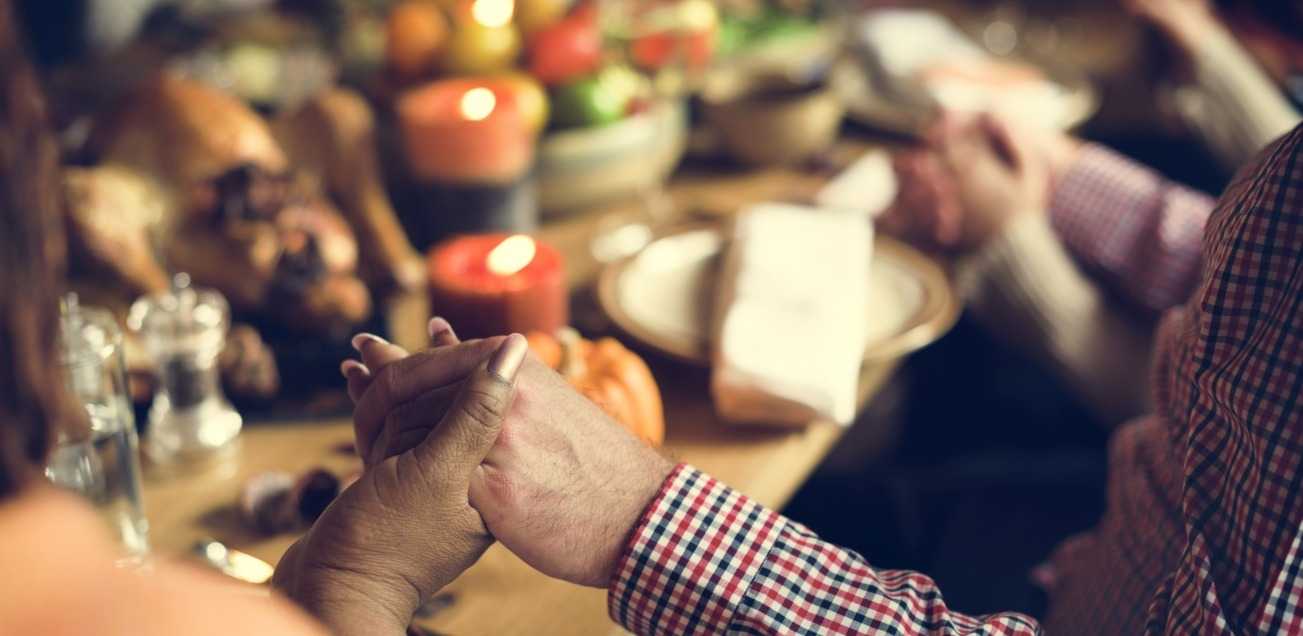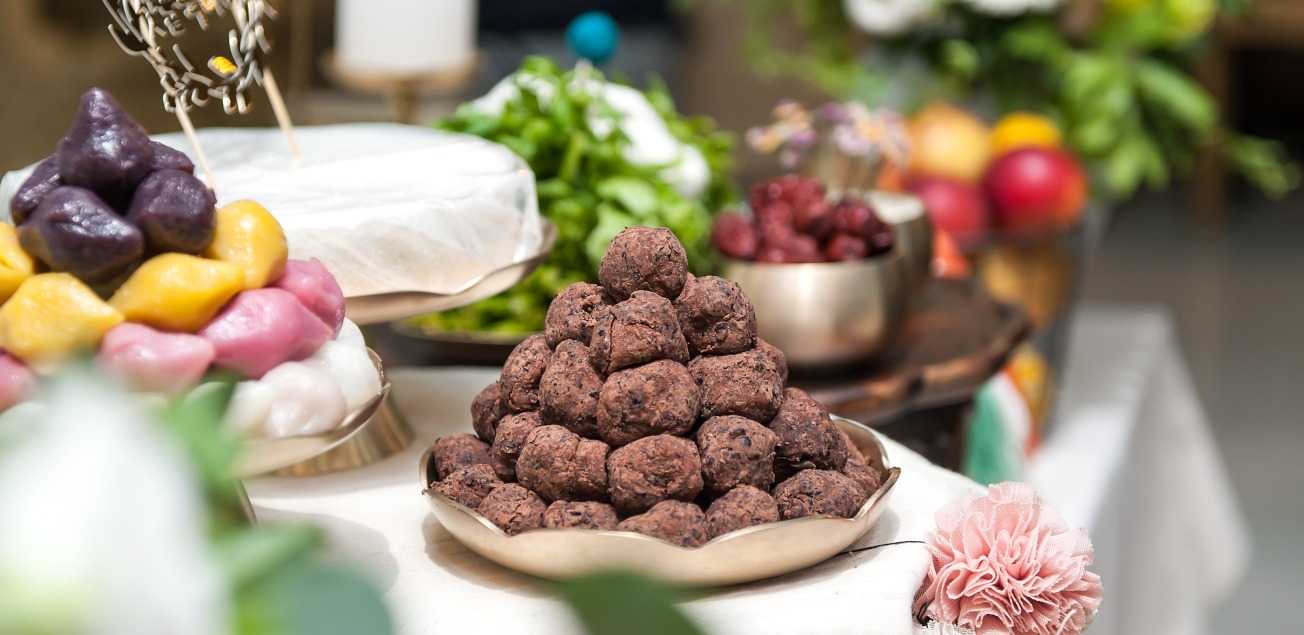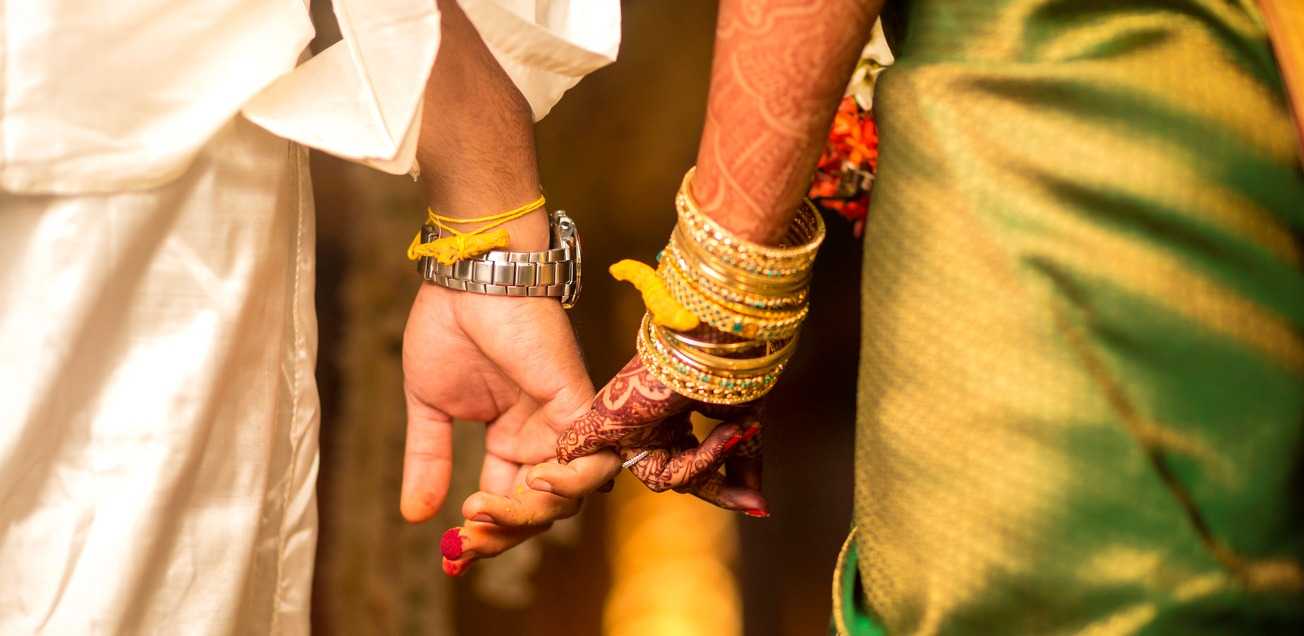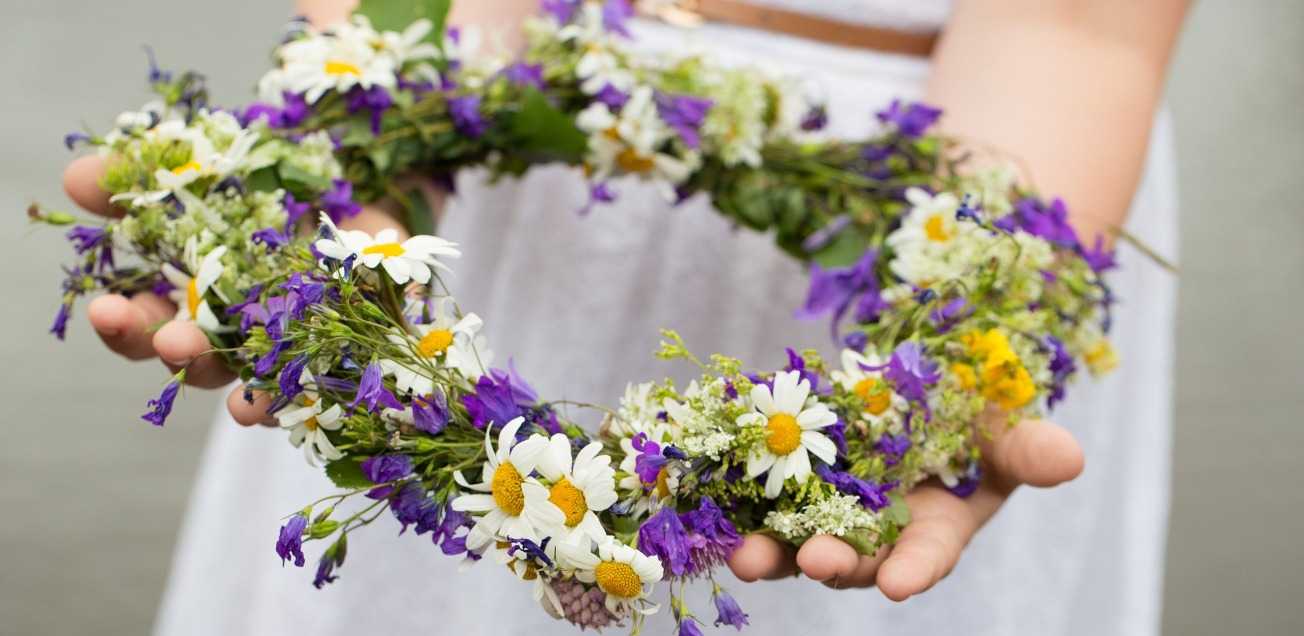Plan, Prepare, Feast, and Enjoy! Tips for Celebrating National Holidays Abroad
Today Thanksgiving is being celebrated across the United States, but it’s not the only holiday famous for its delicious food. Feasts are an important part of many popular holidays and festivals around the world. As you’ll see, all these holidays have several things in common: family togetherness, cultural traditions, and epic amounts of food!

This will be the 7th year in a row that my husband and I have organized a big Thanksgiving feast for all our friends in Munich. It’s become a tradition to invite everyone we know, and over the years this list keeps growing. This time we ended up sending out 60 invitations! As we live in a moderately-sized apartment in the city center, luckily only 25 people can make it. That’s still a large crowd! This year, we’ll have guests from eight different countries.
We always celebrate on the Saturday after Thanksgiving, as everyone has to work on Thursday. Tomorrow evening we’ll pick up our 12 kg turkey and then bake the pumpkin pies. Saturday morning we’ll get up bright and early and start making all the side dishes – and the turkey and gravy, of course!
The American Thanksgiving Tradition
The tradition of American Thanksgiving dates back to the pilgrims and Indians. As the story goes, the pilgrims who settled in what is now Massachusetts wanted to give thanks for a bountiful harvest and the Indians who helped teach them how to survive in the New World. Today, Thanksgiving dishes are all about plenty – starting with an enormous turkey, which usually spends the best part of the day being roasted in the oven to a perfect juicy golden brown.
Other traditional side dishes include stuffing, mashed potatoes, cranberry sauce, sweet potatoes and marshmallows, and green bean casserole. Dessert, if you have room for it, is usually a collection of pies – pumpkin, apple, pecan and more. Watching American football or the famous New York Macy’s Thanksgiving Day Parade are other popular activities.

Hosting Your Own Holiday Celebration
Traditionally, you would usually celebrate holidays such as Thanksgiving in your home country with your extended family. This year, instead of feeling homesick, why don’t you create your own traditions? Living abroad offers a great opportunity to share your cultural traditions with people of different nationalities.
At first, you may be overwhelmed trying to find the right ingredients to make all your holiday’s traditional dishes. Don’t give up though! If you plan enough in advance, you can either bring back some ingredients after a visit home or have visiting friends or family bring them to you. Alternatively, you can check in the international foods section in larger supermarkets in your host country. Sometimes with a bit of research you’ll find similar-tasting versions of the ingredients you’re looking for.
You might also have to make a dish from scratch that you would normally buy in a partially or fully ready-made version in your home country. Although it means more work for you, these dishes will probably end up tasting even better than you remember!
Preparing a Feast, Sharing Your Culture
Make sure to leave yourself enough time to prepare. If the holiday you’re celebrating is normally observed during the week, you might consider hosting your get-together on the weekend instead. Your guests will be able to enjoy themselves more than if they came during a busy work week and this will give you more time to prepare, too.
If this is your first time making these dishes (at all or just while abroad), then you might consider trying a few of them ahead of time, to make sure they come out as you expect.
Now the smells of home are filling your house and your guests are about to arrive. Who knows, maybe you’ll end up starting your own tradition. You can reinvent this holiday and make it something your local and expat friends look forward to, year after year!
Of course, Thanksgiving isn’t the only holiday famous for its delicious food. Read on for more festivals celebrated around the world that revolve around food, family, and fun!
Today Thanksgiving is being celebrated across the United States, but it’s not the only holiday famous for its delicious food. Feasts are an important part of many popular holidays and festivals around the world. As you’ll see, all these holidays have several things in common: family togetherness, cultural traditions, and epic amounts of food!
Kreatini and Tyrini — Greek Pre-Lenten Feasting
These two weeks of feasting are celebrated in Greece and the Greek part of Cyprus as part of the carnival festivities (Apokries) leading up to the fasting time of Lent. In the first week, Kreatini (from kreas, the Greek word for meat) many traditional meat dishes are enjoyed. These include afelia (a pork stew), tavva (baked lamb, onions, potatoes, and tomatoes), and souvlaki (grilled, marinated lamb skewers). The highlight of this week is Tsiknopempti, always celebrated on Thursday, during which the tsikna (smoke) from roasting meat should fill the streets.
In the second week, Tyrini, the focus is on cheese and dairy products, which can also traditionally not be consumed after Lent begins. Some specialties during this week are bourekia (sweet and savory cheese-filled pastries), ravioli stuffed with local cheese, bread filled with halloumi, and cheese cookies coated with herbs.

Chuseok — The Korean Harvest Festival
The Korean harvest festival of Chuseok is always celebrated over a three-day period surrounding the 15th day of the 8th month of the lunar calendar. This is one of the most important holidays in South Korea, where a mass exodus from the cities takes place as extended families gather in their ancestral hometowns. One major part of the festival is giving thanks to one’s ancestors for a bountiful harvest and cleaning off their graves. People often dress up in traditional clothes and perform folk dances such as Ganggangsullae, a Korean circle dance.
Food also plays an important role in these celebrations. On the eve of Chuseok, the family gathers together to make songpyeon. These are rice cakes filled with black beans, mung beans, sesame seeds, pine nuts, jujube, honey, and more. Each family member tries to make the prettiest songpyeon, as tradition has it that whoever makes the most beautiful rice cake will find a beautiful spouse or have a beautiful baby.
Other special foods enjoyed during Chuseok are galbi jjim (braised beef short ribs), jeon (a savory pancake), japchae (a sweet potato noodle dish), as well as sindoju and dongdongju, two types of rice wine. Hangwa, an artistic dish crafted from rice flour, honey, roots, and fruit, is a staple of many Korean holidays.
Nowruz — The Persian New Year
Food is not only an important part of harvest festivals, but also a way to celebrate the birth and renewal of a new year. Nowruz, the Persian New Year festival, celebrates the first day of spring. Ash-e reshteh is a noodle soup made with fresh spinach and green herbs, which symbolize the beginning of new life. Untangling the noodles in the soup is said to bring good luck for the coming year. Green herbs are also a key part of Sabzi Polo va Mahi, a traditional New Year’s dish of rice and fish. The fish serves as a symbol of abundance.
Other traditional New Year’s dishes include Dolme barg, grape leaves stuffed with vegetables, rice, and meat, Kuku-ye sabzi, a light and fluffy omelet made with spring onions and an assortment of green herbs, and Naan berenji, rice flour cookies flavored with rosewater and decorated with poppy seeds.

Midsummer’s Eve in Sweden
In Sweden, Midsummer’s Eve celebrations always take place on the Friday between 19 June and 26 June. On this day, Swedes flock to the countryside for a day and night of celebrations. The day often begins with picking flowers to make wreaths to put on the midsommarstang (maypole), which is a central part of the festivities.
The day continues with the enjoyment of traditional dishes such as pickled herring, served with onion, boiled new potatoes, sour cream, dill, and chopped boiled eggs, grilled spare ribs, sausage, and salmon, cheese pie, and strawberries and cream. This is all washed down with cold beer and spiced schnapps. The day’s festivities continue with traditional songs and dancing around the decorated maypole.
About Lenore Bartko
Lenore Bartko works for InterNations as a content editor. An American expat born and raised in the Washington, D.C. area, she now lives in Munich with her German husband.
Article topics
Related articles
Is Tough Love the Best Medicine for Homesickness?
Homesickness, it’s a feeling many, if not all of us have felt at some point in our lives. A longing for home is a state of mind that can impact your experience abroad in the most negative ways… that is, if you let it! Take the tough love approach and say bon voyage to feeling blue.
Something Old, New, Borrowed and Blue: Weddings around the World
Whether you’re tying the knot abroad or your spouse-to-be has a different cultural background, an expat wedding means that you need to redefine your version of ‘traditional’. Whether it’s the dress or the ceremony itself, a wedding ceremony can bring cultural differences straight to the surface.
Best Places to Celebrate New Year’s Eve
Expats may find themselves celebrating New Year’s Eve in a new place every December. Many also travel specifically to experience the coming of the new year abroad. There are plenty of places to choose from, and this article nominates a select few as the cream of the crop.
Summer Celebrations around the World
From plentiful feasts to a dazzling display of thousands of fireworks, summer celebrations are anything but dull. Here’s some of the most remarkable events taking place worldwide in the coming months.
Unusual Christmas Traditions from around the World
Cultures from across the globe celebrate the holiday season in many different ways. Here’s a roundup of the most unusual Christmas traditions: from scary goat creatures to rollerblading parades to church, we cover everything from the weird to the downright nonsensical.




